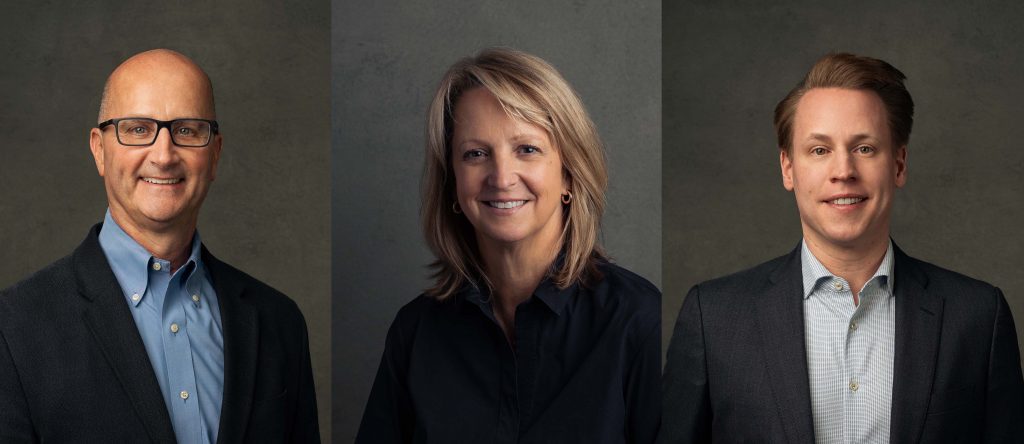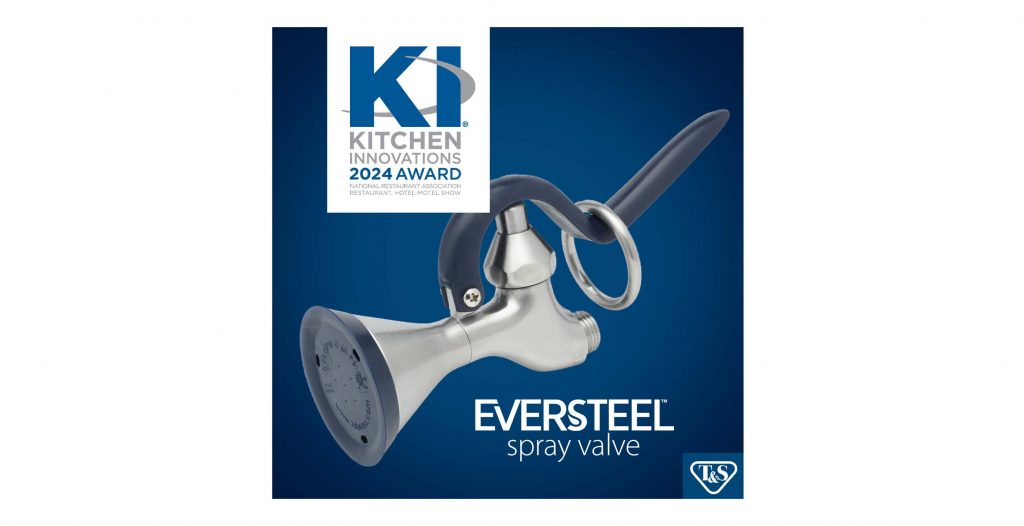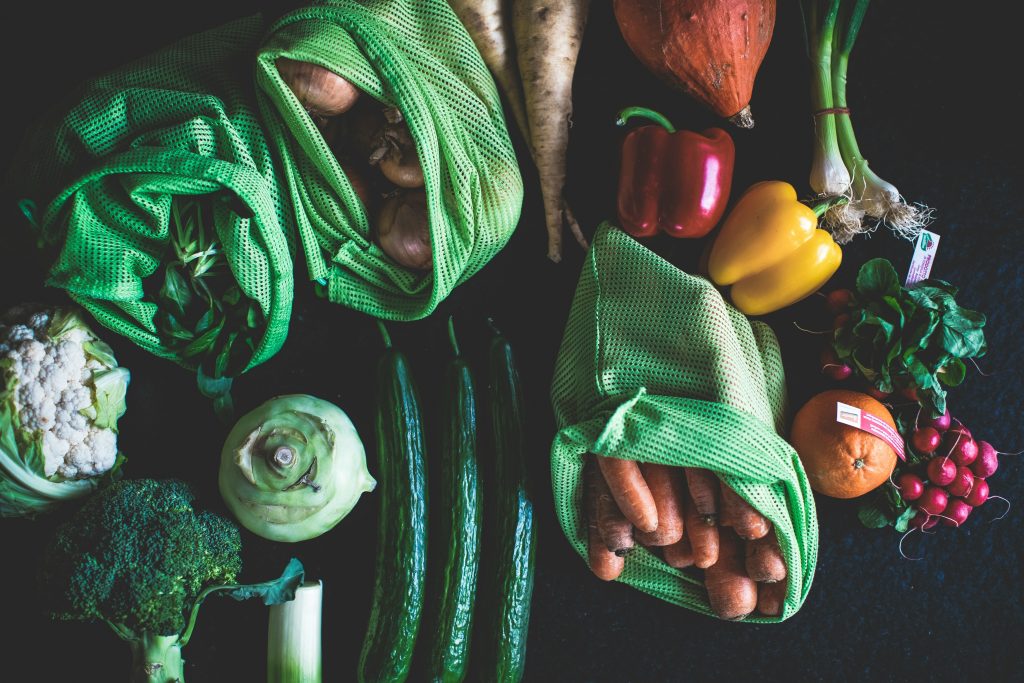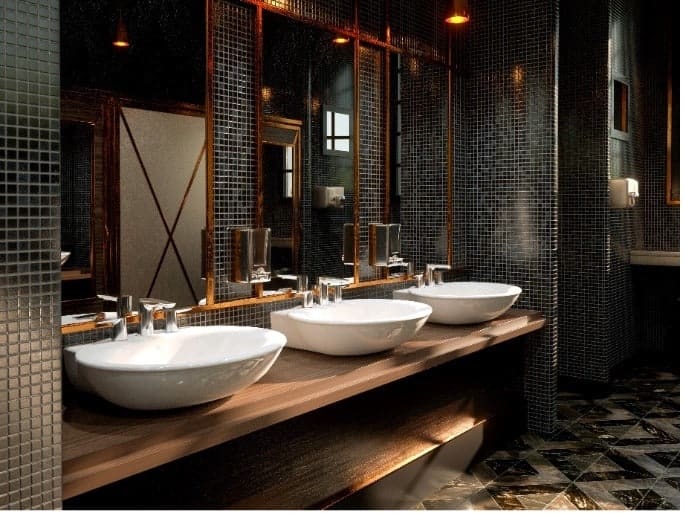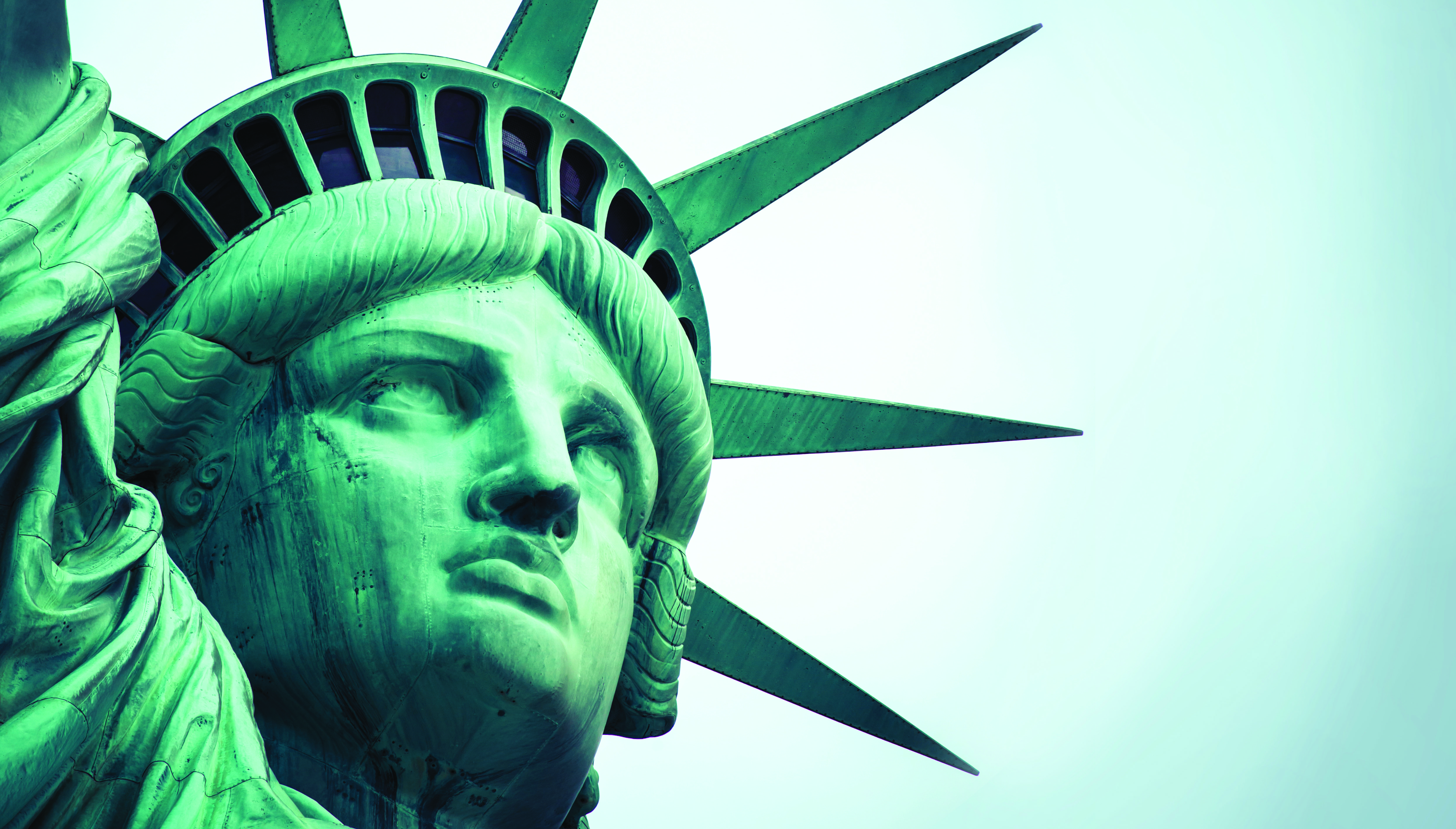
Lady Liberty goes by a number of names. Modelled on Libertas, the Roman goddess of freedom, her full title is Liberty Enlightening the World. To the French, she’s La Liberté éclairant le monde. To the rest of the world she’s simply The Statue of Liberty.
Designed by Frenchman Frédéric Auguste Bartholdi, the neoclassical sculpture was dedicated as a gift to the United States from the people of France
in 1886. 128 years on, while still looking resplendent on Liberty Island in the centre of New York Harbor where four million tourists visit her each year, the Lady’s copper exterior is steadily turning a distinctly green hue due to oxidation. But it’s not the only thing on Liberty Island that has gone green.
Waste not, want not
While Lady Liberty puts down one hell of a footprint with a size 879 shoe, there’s another weighty footprint on the island, – of the carbon variety. Responsible for up to 1,000lbs of food waste each day, Liberty Island’s Crown Cafe restaurant has become firmly committed to reducing its own carbon footprint.
Evelyn Hill Inc, the concessioner to both Liberty and neighbouring Ellis Island, believes strongly in reducing the food waste generated in its operations. Named Operator Innovator for Sustainability and Innovator of the Year by the National Restaurant Association in 2012, Evelyn Hill recently installed T&S Brass’s EnviroPure EPW Food Waste Disposal system at the Crown Cafe.
The EPW system was the winner of the 2014 Innovations Award from the Asia Pacific division of FCSI, where it was praised by the judges for revolutionising food waste handling and heralded for being economically smart and environmentally beneficial.
The EPW is designed to break down and remove food waste on site for operators. The system uses a formula called EP BioMix, a proprietary blend of natural organic nutrients that react with the naturally-occurring bacteria in food waste to increase the metabolic efficiency of decomposition. In short, the machine converts food waste, including vegetables, fruits, meat, fish, poultry, dairy products and even bones, shells or pits, into harmless grey water that is odour-free and can be safely disposed of into existing municipal waste water systems. With decomposition typically taking place within just 24 hours, the system is being increasingly viewed in the industry as a solution that not only ticks the environmentally-friendly box, but also one that can eliminate pick-up and hauling costs for food waste and reduce operational issues and expenses relating to odour, pest and vermin control.
For Crown Cafe, which can serve up to 20,000 people per day in the height of summer between Memorial Day and Labor Day, the appeal of the EPW was immediate. It was seen as an ideal solution to help them reach their goal of getting as close as possible to 100% of food waste recycled each day.
A commitment to sustainability
Jeffrey Marrazzo, director of health, safety, and environment for Evelyn Hill Inc, has worked on the island for 20 years, serving for 12 years as building and utilities foreman before taking on his present role. He jokes that he has worked with Lady Liberty since she was “about this big”, measuring her at his waist level.
“We’re recycling around 98% of our food waste,” Marrazzo says proudly as he and his team demonstrate the EPW in action to a group of observers made up
of executives from EnviroPure owners T&S Brass, First Choice Catering Spares and First Choice Environmental Solutions (who distribute EnviroPure in the UK), Wade Koehler CAE, executive director of FCSI The Americas division, and myself.
Marrazzo has a crew of five working on the EPW throughout the day, supplemented in the summer to reflect the seasonal tourist boom. “These five people, they really make it work. Their primary function is recycling,” says Marrazzo.
As Gabby, one of the Crown Cafe’s recycling team, loads the machine with leftover food waste, Marrazzo discusses the various benefits of the system. “We did 1,000lbs [of food waste] a day in the summer and if we hadn’t done that we would have had to have had five compost totes transported to Ellis Island. Then our hauler would have had to come to Ellis, pick them up and then transport them to their compost farm in Connecticut. So the whole goal here was to reduce our carbon footprint.”
The advantages the EPW delivers may be clear from the outset: the consolidation and compacting of huge volumes of food waste; cost savings made on space; dramatically reduced weight of shipping; and preventing the risk of the unsightly appearance of boatloads of food waste being visible to customers. But for Marrazzo and his team, one of the overriding factors behind their purchase of the machine was to create a culture of sustainability that his team could buy into for the future.
“It’s labour intensive,” says Marrazzo on his team’s usage of the machine. “It would be much easier just to throw everything in the garbage and be done with it. But we have great buy-in from our staff. They are hugely proud of the fact that they’re recycling 98%. I post the numbers every month. The guys are always looking for it. They want to see that they’re 96%, 97%, 98%. I mean, they get a bad month of 94% and they’re like: ‘Are you kidding me? Where did we go wrong? Did you count it right?’ We are always looking for continual improvement so that we can make the best choices.”
Keeping it fresh
One of the biggest logistical challenges of being an island-based restaurant is getting fresh food delivered five days a week, says Marrazzo. “Everything gets delivered to Ellis Island. From Ellis Island it gets unloaded, transported to a freight boat, loaded on the boat, transported to Liberty, offloaded from the boat and put on wagons, brought to the building then placed in either the walk-in freezer or the walk-in refrigerator. All our retail comes at the same time, so it’s a big operation. In the summer our guys are working on freight six to eight hours a day.”
For Marrazzo, installing a system such as the EPW is simply another way for the culinary team on Liberty Island to act responsibly and sustainably. “When we have the opportunity to improve our equipment, we go for the most efficient that we can,” he says. “We save water where we can. We save electricity where we can. We make sure we don’t overcook. We manage the food line so we know what’s going to go out, we’re aware of how many people are still waiting in line at Battery Park. It makes it all manageable. Otherwise, we’re going to be throwing a boatload of food away,” he continues.
With the first boat arriving on the island at 8.45 in the morning and the last one leaving at 7 o’clock at night in the summer, it’s essential for the team to keep on top of the food levels, says Marrazzo. “We produce a lot of food, so we don’t really want to overproduce. We also want that last customer of the day to get the same quality of food as the first customer. We want consistent service all day long.”
Investing in innovation
For Claude Theisen, CEO of South Carolina-based T&S Brass and Bronze Works, the acquisition of EnviroPure Systems Inc. in February 2013 underlined his firm’s commitment to supporting foodservice professionals and helping them find sustainable and cost-effective solutions in the kitchen.
“We had started looking for acquisition possibilities three or four years ago, when one of our reps in Chicago told us about this company, EnviroPure,” says Theisen. “We drove over to Chicago and met [president] Jim Slanina, saw the facility, discussed the possibilities, went back, kicked it around and decided it had real possibilities. It was still very much a start-up and there was a lot of risk involved, but we thought it was worth taking the chance to see where we could take it. They had sold several machines. You could see the potential benefit, what it could do and we were very much attracted to the idea.”
For Theisen, the simplicity of the solution was the key attraction. “You’re converting garbage into grey water. It essentially resolves the problem,” he says. “You can dump it down a sewer. It’s actually a lot cleaner than the sewers. The ability to use grey water certainly alleviates the huge amount of necessity
for landfills.”
The sustainability agenda and the environmental imperative was also a key element behind the deal. “It was a big factor, but as all things, you look at the product, the potential for it and all the corollary benefits and whether it makes sense to pursue it or not. The main thing was making sure that the product was something that had the potential to go somewhere and we thought that it did.”
Theisen believes the biggest challenge that EnviroPure face in convincing operators that this is the right waste management solution for them is that the product itself still feels so advanced.
“It’s a new idea and concept,” he agrees. “It’s not like you’re making a better refrigerator or a better oven. It’s something that’s brand new so it’s about convincing people that it actually does what you say it’s going to do.
“It is a fairly pricey product to start out with,” he adds. “It’s a big-ticket item and that’s probably the single largest challenge. Return on investment (ROI) is a big deal. If there’s no ROI it rapidly loses its attraction. The people we’re trying to sell these to have budgets and have issues to deal with. In addition to outlining the environmental benefits, you have to price it so it’s attractive.”
EnviroPure are making headway with installations of the EPW system in a wide range of different catering facilities such as schools, prisons, restaurants and hospitals across the US (including the kitchens of the Montefiore New Rochelle hospital in the Bronx area, which we also visited on our trip). A further venture into the UK via First Choice Environmental Solutions has also brought good initial results (see box below).
“You always want things to go faster and to do better, but it is progressing very nicely,” says Theisen. “I’m very optimistic. I see this as filling a real need. As people get more used to it, or they hear about it more, I think it’ll be extremely successful.”
For Jeffrey Marrazzo and his team on Liberty Island, the success of the EPW has already justified the investment they made in it. “When I started in this role seven years ago we were at about 70% recycling. I in no way, shape or form take credit for it. I just give the guys the tools and the opportunity to do it and they go with it,” he says.
The opportunity to rethink how they manage their waste has ensured the Crown Cafe now has “as little impact on the environment as possible,” says Marrazzo. No wonder Lady Liberty looks so serene.
Michael Jones

